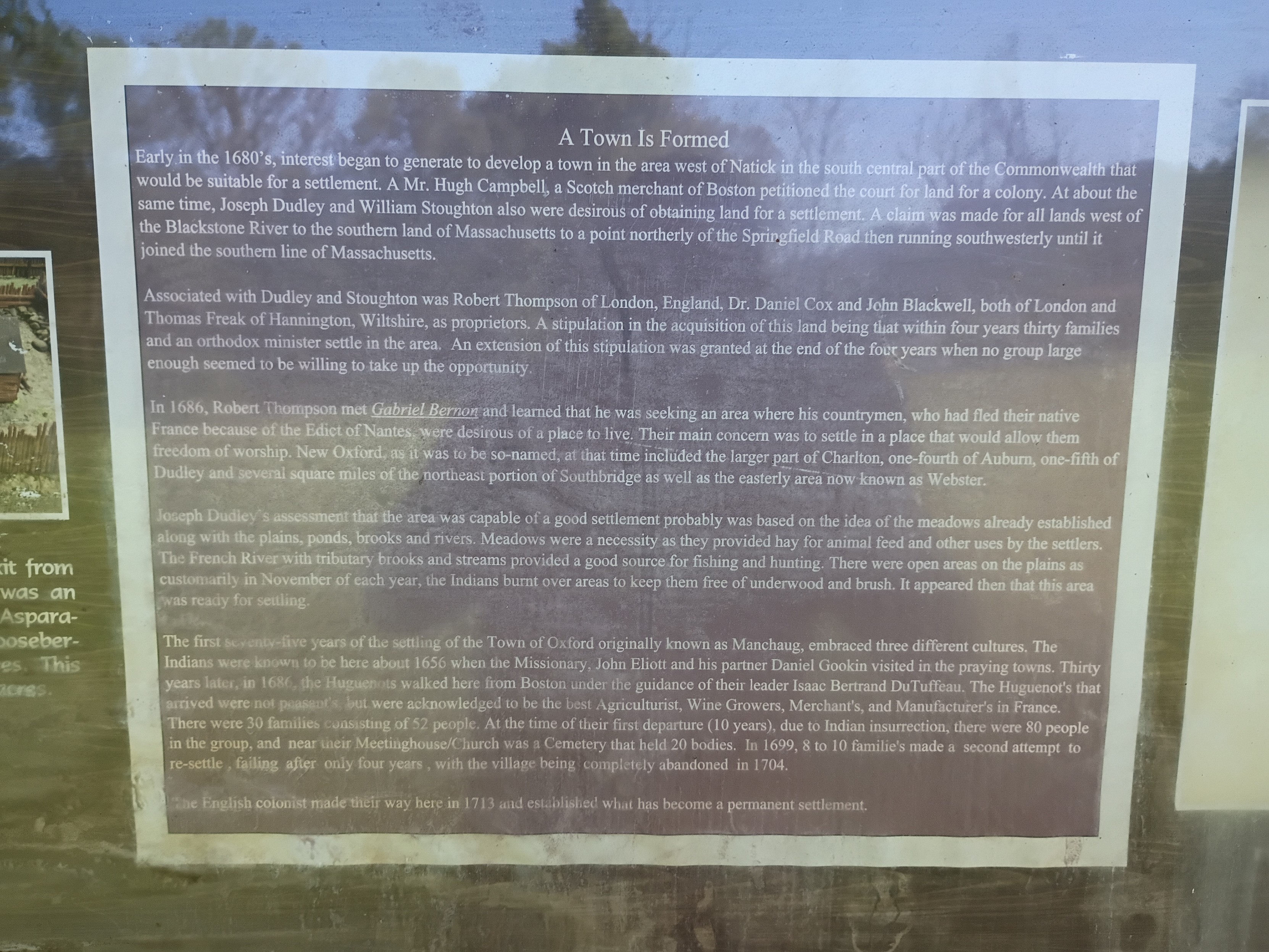2025-07-25 10:57:58
Just saw this:
#AI can mean a lot of things these days, but lots of the popular meanings imply a bevy of harms that I definitely wouldn't feel are worth a cute fish game. In fact, these harms are so acute that even "just" playing into the AI hype becomes its own kind of harm (it's similar to blockchain in that way).
@… noticed that the authors claim the code base is 80% AI generated, which is a red flag because people with sound moral compasses wouldn't be using AI to "help" write code in the first place. The authors aren't by some miracle people who couldn't build this app without help, in case that influences your thinking about it: they have the skills to write the code themselves, although it likely would have taken longer (but also been better).
I was more interested in the fish-classification AI, and how much it might be dependent on datacenters. Thankfully, a quick glance at the code confirms they're using ONNX and running a self-trained neural network on your device. While the exponentially-increasing energy & water demands of datacenters to support billion-parameter models are a real concern, this is not that. Even a non-AI game can burn a lot of cycles on someone's phone, and I don't think there's anything to complain about energy-wise if we're just using cycles on the end user's device as long as we're not having them keep it on for hours crunching numbers like blockchain stuff does. Running whatever stuff locally while the user is playing a game is a negligible environmental concern, unlike, say, calling out to ChatGPT where you're directly feeding datacenter demand. Since they claimed to have trained the network themselves, and since it's actually totally reasonable to make your own dataset for this and get good-enough-for-a-silly-game results with just a few hundred examples, I don't have any ethical objections to the data sourcing or training processes either. Hooray! This is finally an example of "ethical use of neutral networks" that I can hold up as an example of what people should be doing instead of the BS they are doing.
But wait... Remember what I said about feeding the AI hype being its own form of harm? Yeah, between using AI tools for coding and calling their classifier "AI" in a way that makes it seem like the same kind of thing as ChatGPT et al., they're leaning into the hype rather than helping restrain it. And that means they're causing harm. Big AI companies can point to them and say "look AI enables cute things you like" when AI didn't actually enable it. So I'm feeling meh about this cute game and won't be sharing it aside from this post. If you love the cute fish, you don't really have to feel bad for playing with it, but I'd feel bad for advertising it without a disclaimer.
2025-06-26 14:57:42
I have mixed feelings about this.
a - first Bond film not under the control of the Broccolis.
b - But its Amazon.
c - But its Villeneuve.
I'm conflicted.
#movies #bond #jamesbond
2025-07-24 23:51:28
Pretty sure my mom gets that “flying-an-airplane-without-a-manual” feeling whenever she walks in and catches sight of my anarchist flag waving next to the rainbow, trans, and neurodiversity pride flags.
#Autism #ActuallyAutistic
2025-06-26 08:10:10
Simulating acoustically-actuated flows in complex microchannels using the volume penalization technique
Khemraj Gautam Kshetri, Amneet Pal Singh Bhalla, Nitesh Nama
https://arxiv.org/abs/2506.20034
2025-06-24 08:51:10
Computational Complexity of Model-Checking Quantum Pushdown Systems
Deren Lin, Tianrong Lin
https://arxiv.org/abs/2506.18439 https://…
2025-06-24 12:14:10
Cluster Expansion Toward Nonlinear Modeling and Classification
Adrian Stroth, Claudia Draxl, Santiago Rigamonti
https://arxiv.org/abs/2506.18695 https://…
2025-07-22 11:38:31
Butterfly Effects in Toolchains: A Comprehensive Analysis of Failed Parameter Filling in LLM Tool-Agent Systems
Qian Xiong, Yuekai Huang, Ziyou Jiang, Zhiyuan Chang, Yujia Zheng, Tianhao Li, Mingyang Li
https://arxiv.org/abs/2507.15296
2025-07-07 19:45:40
In iOS 26 beta 3, Apple dials back the degree of translucency in many UI elements, following user complaints about Liquid Glass (Sarah Perez/TechCrunch)
https://techcrunch.com/2025/07/07/ios-26-beta-3-dials-back-liquid-glass/
2025-06-05 05:47:22
2025-07-04 20:14:31
Long; central Massachusetts colonial history
Today on a whim I visited a site in Massachusetts marked as "Huguenot Fort Ruins" on OpenStreetMaps. I drove out with my 4-year-old through increasingly rural central Massachusetts forests & fields to end up on a narrow street near the top of a hill beside a small field. The neighboring houses had huge lawns, some with tractors.
Appropriately for this day and this moment in history, the history of the site turns out to be a microcosm of America. Across the field beyond a cross-shaped stone memorial stood an info board with a few diagrams and some text. The text of the main sign (including typos/misspellings) read:
"""
Town Is Formed
Early in the 1680's, interest began to generate to develop a town in the area west of Natick in the south central part of the Commonwealth that would be suitable for a settlement. A Mr. Hugh Campbell, a Scotch merchant of Boston petitioned the court for land for a colony. At about the same time, Joseph Dudley and William Stoughton also were desirous of obtaining land for a settlement. A claim was made for all lands west of the Blackstone River to the southern land of Massachusetts to a point northerly of the Springfield Road then running southwesterly until it joined the southern line of Massachusetts.
Associated with Dudley and Stoughton was Robert Thompson of London, England, Dr. Daniel Cox and John Blackwell, both of London and Thomas Freak of Hannington, Wiltshire, as proprietors. A stipulation in the acquisition of this land being that within four years thirty families and an orthodox minister settle in the area. An extension of this stipulation was granted at the end of the four years when no group large enough seemed to be willing to take up the opportunity.
In 1686, Robert Thompson met Gabriel Bernor and learned that he was seeking an area where his countrymen, who had fled their native France because of the Edict of Nantes, were desirous of a place to live. Their main concern was to settle in a place that would allow them freedom of worship. New Oxford, as it was the so-named, at that time included the larger part of Charlton, one-fourth of Auburn, one-fifth of Dudley and several square miles of the northeast portion of Southbridge as well as the easterly ares now known as Webster.
Joseph Dudley's assessment that the area was capable of a good settlement probably was based on the idea of the meadows already established along with the plains, ponds, brooks and rivers. Meadows were a necessity as they provided hay for animal feed and other uses by the settlers. The French River tributary books and streams provided a good source for fishing and hunting. There were open areas on the plains as customarily in November of each year, the Indians burnt over areas to keep them free of underwood and brush. It appeared then that this area was ready for settling.
The first seventy-five years of the settling of the Town of Oxford originally known as Manchaug, embraced three different cultures. The Indians were known to be here about 1656 when the Missionary, John Eliott and his partner Daniel Gookin visited in the praying towns. Thirty years later, in 1686, the Huguenots walked here from Boston under the guidance of their leader Isaac Bertrand DuTuffeau. The Huguenot's that arrived were not peasants, but were acknowledged to be the best Agriculturist, Wine Growers, Merchant's, and Manufacter's in France. There were 30 families consisting of 52 people. At the time of their first departure (10 years), due to Indian insurrection, there were 80 people in the group, and near their Meetinghouse/Church was a Cemetery that held 20 bodies. In 1699, 8 to 10 familie's made a second attempt to re-settle, failing after only four years, with the village being completely abandoned in 1704.
The English colonist made their way here in 1713 and established what has become a permanent settlement.
"""
All that was left of the fort was a crumbling stone wall that would have been the base of a higher wooden wall according to a picture of a model (I didn't think to get a shot of that myself). Only trees and brush remain where the multi-story main wooden building was.
This story has so many echoes in the present:
- The rich colonialists from Boston & London agree to settle the land, buying/taking land "rights" from the colonial British court that claimed jurisdiction without actually having control of the land. Whether the sponsors ever actually visited the land themselves I don't know. They surely profited somehow, whether from selling on the land rights later or collecting taxes/rent or whatever, by they needed poor laborers to actually do the work of developing the land (& driving out the original inhabitants, who had no say in the machinations of the Boston court).
- The land deal was on condition that there capital-holders who stood to profit would find settlers to actually do the work of colonizing. The British crown wanted more territory to be controlled in practice not just in theory, but they weren't going to be the ones to do the hard work.
- The capital-holders actually failed to find enough poor suckers to do their dirty work for 4 years, until the Huguenots, fleeing religious persecution in France, were desperate enough to accept their terms.
- Of course, the land was only so ripe for settlement because of careful tending over centuries by the natives who were eventually driven off, and whose land management practices are abandoned today. Given the mention of praying towns (& dates), this was after King Phillip's war, which resulted in at least some forced resettlement of native tribes around the area, but the descendants of those "Indians" mentioned in this sign are still around. For example, this is the site of one local band of Nipmuck, whose namesake lake is about 5 miles south of the fort site: #LandBack.







![Loss of carrier shall result in the deassertion of CRS_DV synchronous to the cycle of
REF_CLK which presents the first di-bit of a nibble onto RXD[1:0] (i.e. CRS_DV is
deasserted only on nibble boundaries). If the PHY has additional bits to be presented on
RXD[1:0] following the initial deassertion of CRS_DV, then the PHY shall assert
CRS_DV on cycles of REF_CLK which present the second di-bit of each nibble and
deassert CRS_DV on cycles of REF_CLK which present the first di-bit of a nibble. Th…](https://files.mastodon.social/media_attachments/files/114/629/170/816/084/066/small/0a3923a07b90af05.png)
